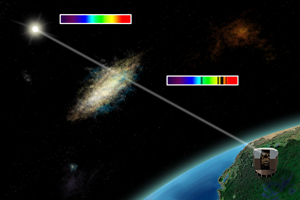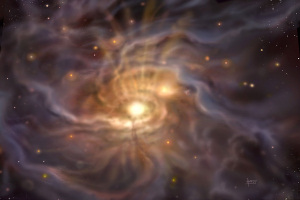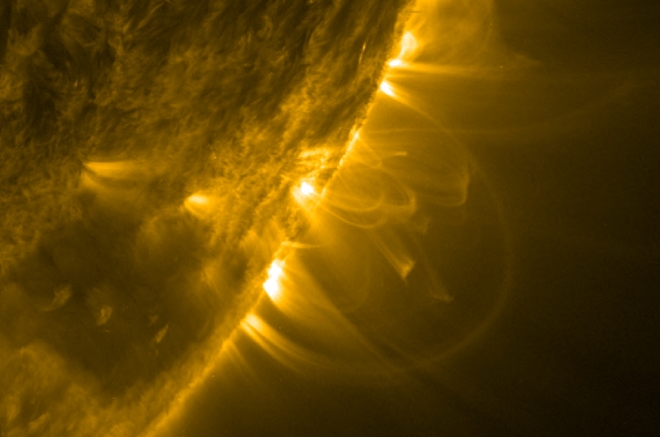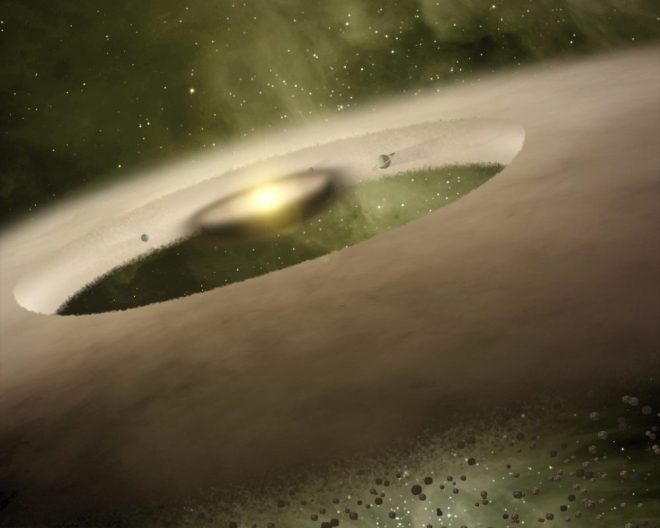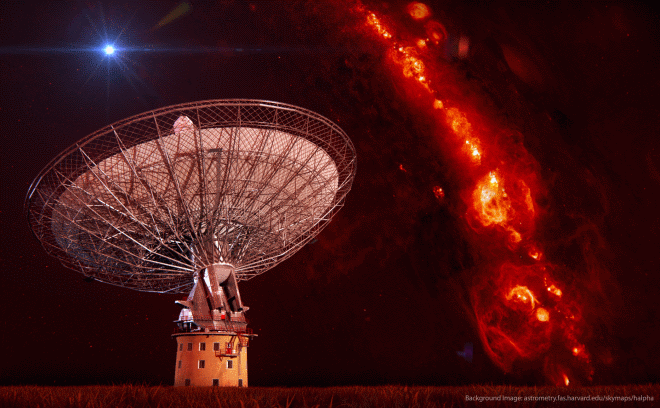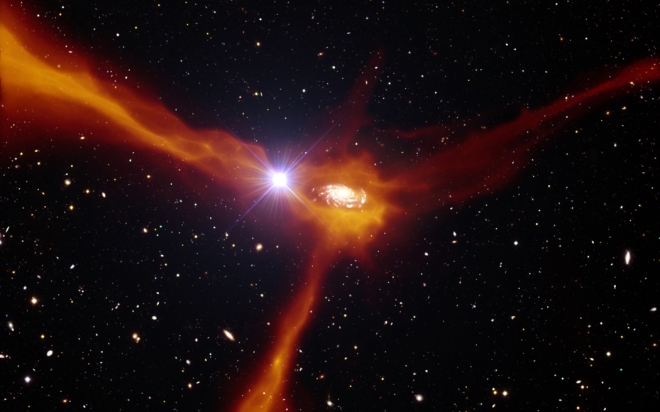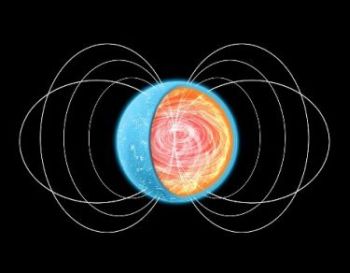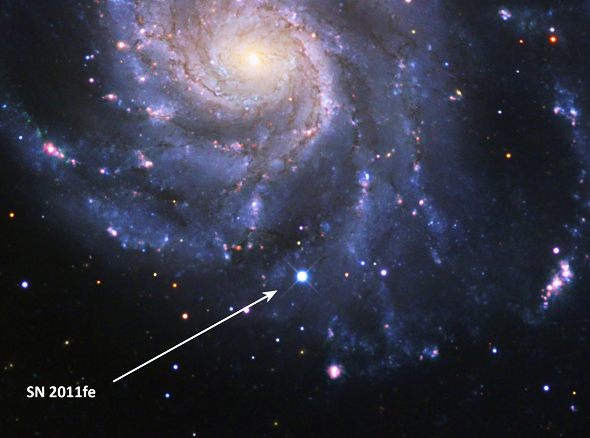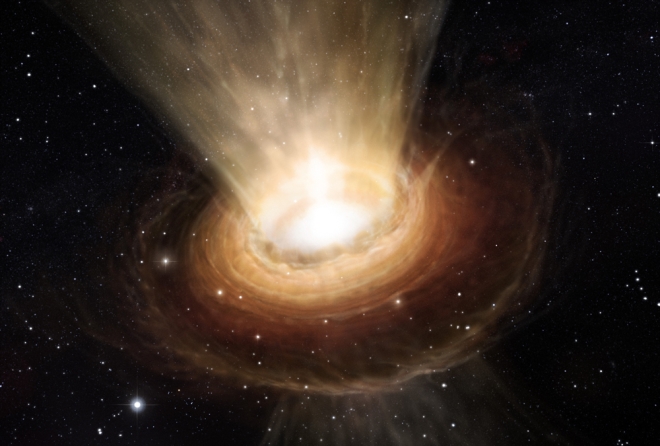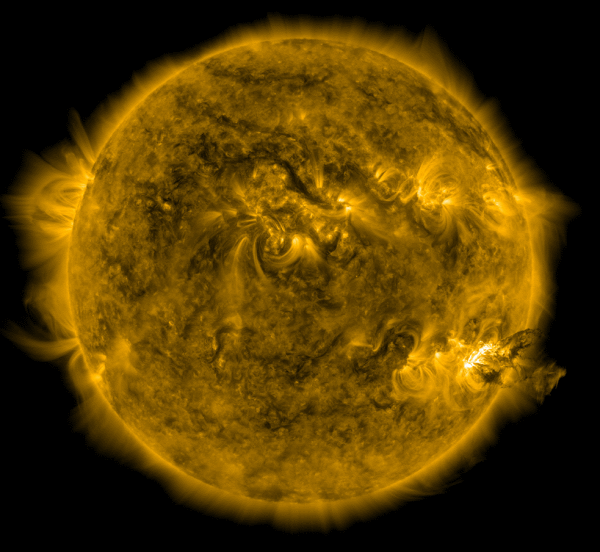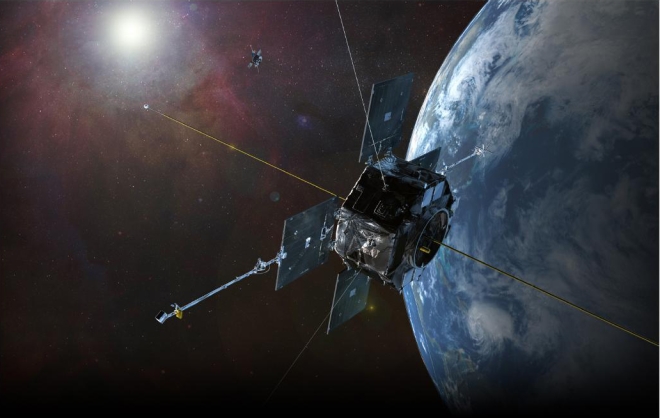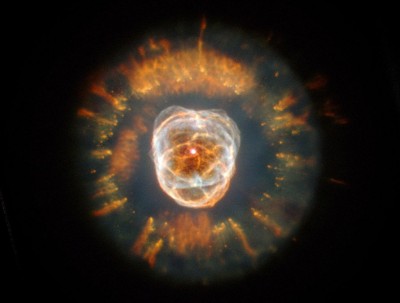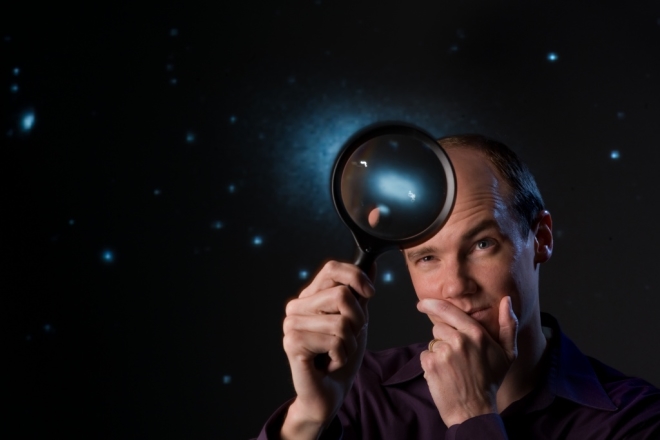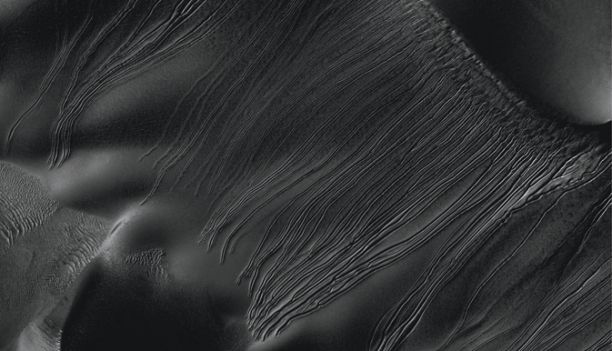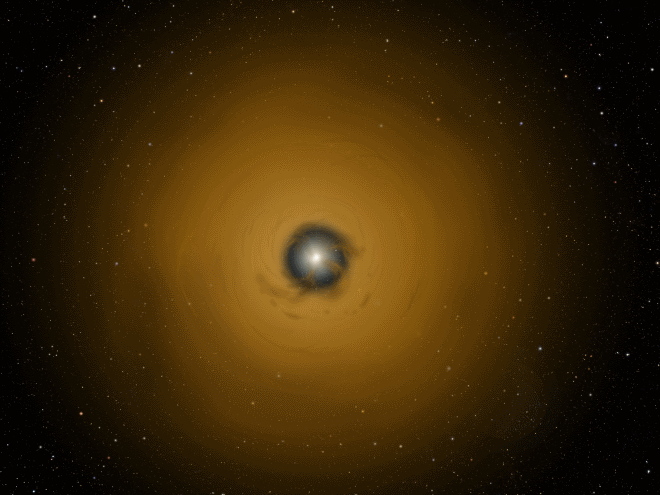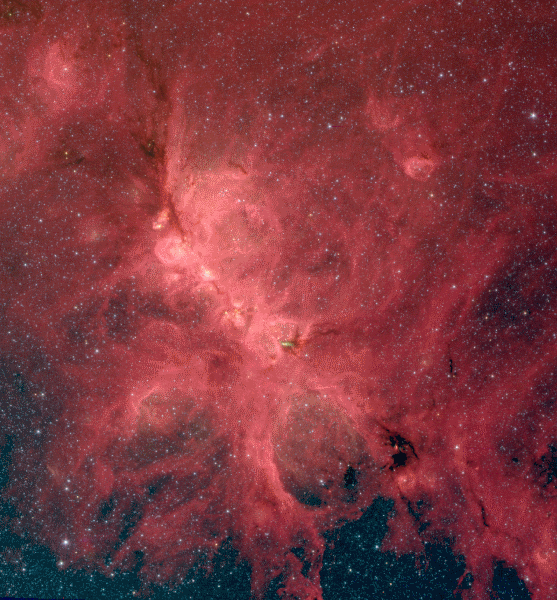
New knowledge about early galaxies
The early galaxies of the universe were very different from today’s galaxies. Using new detailed studies carried out wit…
Read >>Astronomers witness birth of Milky Way’s most massive star
Scientists have observed in unprecedented detail the birth of a massive star within a dark cloud core about 10,000 light years from Earth.
The team used the new ALMA (Atacama Large Millimetre/submillimetre Array) telescope in Chile – the most powerful radio t…
Read >>Sun's Loops are Displaying an Optical Illusion
The Sun's outer atmosphere, or corona, has posed an enduring mystery. Why is it so hot? The Sun's visible surface is onl…
Read >>Cosmochemist discovers potential solution to meteorite mystery
Chondrules may have formed from high-pressure collisions in early solar system
A normally staid University of Chicago scientist has stunned many of his colleagues with his radical solution to a 135-y…
Read >>Cosmic radio bursts point to cataclysmic origins
Mysterious bursts of radio waves originating from billions of light years away have left the scientists who detected them speculating about their origins.
The international research team, writing in the journal Science, rule out terrestrial sources for the four fast radio bu…
Read >>Feeding Galaxy Caught in Distant Searchlight by International Research Team
An international group of astronomers that includes UC Santa Barbara astrophysicist Crystal Martin and former UCSB postd…
Read >>Spiral galaxies like Milky Way bigger than thought, says CU-Boulder study
Let’s all fist bump: Spiral galaxies like our own Milky Way appear to be much larger and more massive than previously be…
Read >>UA Strong Ally in NASA’s Call to Find Dangerous Asteroids
In line with NASA's recently issued "Asteroid Grand Challenge," the UA is at the forefront of discovering and tracking s…
Read >>First Transiting Planets in a Star Cluster Discovered
All stars begin their lives in groups. Most stars, including our Sun, are born in small, benign groups that quickly fall…
Read >>The University of Alicante finds the first evidence of a new phase in neutron stars
A study led by the University of Alicante, in which the National Research Council has participated, has detected what ma…
Read >>Astronomers find three ‘super-Earths’ in nearby star’s habitable zone
An international team of astronomers has found that a nearby star previously thought to host two or three planets is in…
Read >>Unusual Supernova is Doubly Unusual for Being Perfectly Normal
From the “Backyard Supernova,” the Berkeley Lab-led Nearby Supernova Factory has built a benchmark atlas for normal Type Ia’s
Type Ia supernovae are indispensable milestones for measuring the expansion of the universe. With definitive measures of…
Read >>Dusty Surprise Around Black Hole Found By UCSB Physics Postdoctoral Fellow
New observations of a nearby active galaxy called NGC 3783 have given a team of astronomers –– including a UC Santa Barb…
Read >>Solar Splashdown
On June 7, 2011, our Sun erupted, blasting tons of hot plasma into space. Some of that plasma splashed back down onto th…
Read >>How did a third radiation belt appear in the Earth's upper atmosphere?
UCLA space scientists have determined what caused the mysterious ring to appear in the Van Allen radiation belts in Sept…
Read >>Low-sodium ‘diet’ key to a stellar old age
Astrophysicists have found that contrary to decades of orthodoxy, stars with a high sodium content die before reaching t…
Read >>Scientists size up lightest known galaxy
Segue 2 has a mere 1,000 stars bound by dark matter but could answer a major riddle
The least massive galaxy in the known universe has been measured by UC Irvine scientists, clocking in at just 1,000 or s…
Read >>Marks on Martian Dunes May Reveal Tracks of Dry-Ice Sleds
Chunks of frozen carbon dioxide have been identified as the most likely mechanism carving linear gullies into sand dunes on Mars, according to a new study combining images from the UA-operated HiRISE camera and experiments conducted on dunes here on Earth.
Chunks of frozen carbon dioxide have been identified as the most likely mechanism carving linear gullies into sand dunes…
Read >>Young Star Suggests our Sun Was a Feisty Toddler
If you had a time machine that could take you anywhere in the past, what time would you choose? Most people would probab…
Read >>Cat's Paw Nebula "Littered" with Baby Stars
Most skygazers recognize the Orion Nebula, one of the closest stellar nurseries to Earth. Although it makes for great vi…
Read >>
There are 385 articles in Astronomy & Space
Astronomy & Space Archive
